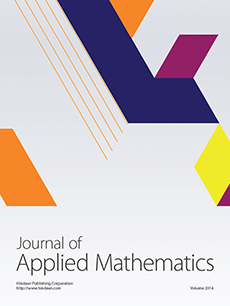Abstract
We consider the sleep mode with multimedia application in WiMAX 2 networks, where the real-time traffic includes the real-time and the best-effort traffic mixed. We present a queueing model with multiple heterogeneous vacations to characterize the system probability behavior in the networks with multimedia application. Taking into account the correlation of the real-time traffic, we assume the arrival process as a discrete-time Markovian arrival process (D-MAP) and analyze this queueing model by using the method of an embedded Markov chain. Then, we present the probability distribution for the number of data packets. Accordingly, we give the formulas for the performance measures in terms of the average response time of data packets, the energy saving ratio, and the standard deviation of the number of data packets. We also develop a cost function to determine the optimal length of the sleep cycle in order to maximize the energy saving ratio while satisfying the Quality of Service (QoS) constraint on the average response time of data packets. Finally, we provide numerical results to investigate the influence of the system parameters on the system performance.
Citation
Shunfu Jin. Wuyi Yue. Xiaofei Zhang. "Performance Analysis of the Sleep Mode in WiMAX 2 Networks with Multimedia Application." J. Appl. Math. 2014 1 - 10, 2014. https://doi.org/10.1155/2014/976179
Information





